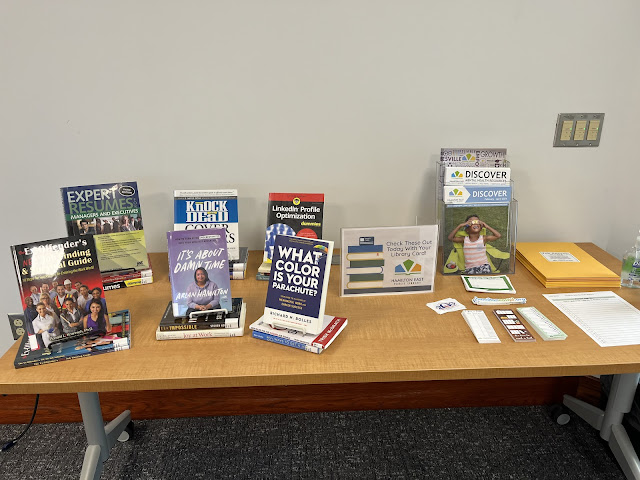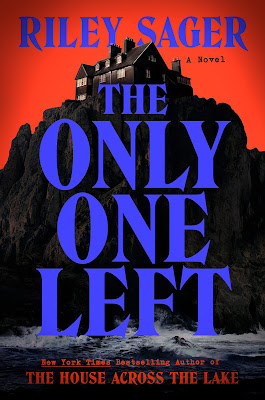New Adult Annotation
Title: Honey Girl
Genre: Romance
Subgenres: New Adult, Contemporary, Queer
Publication Date: February 23, 2021
Number of Pages: 283
Geographical Setting: Las Vegas, Portland, and New York
Time Period: Present Day
Genre: Romance
Subgenres: New Adult, Contemporary, Queer
Publication Date: February 23, 2021
Number of Pages: 283
Geographical Setting: Las Vegas, Portland, and New York
Time Period: Present Day
"I think lonely creatures ache for each other because who else can understand but someone who feels the same dark abyss"
Plot Summary: After finishing her PhD in astronomy, Grace Porter heads to Las Vegas to celebrate! She has always been an over-achiever and hard-working. To her own surprise, she gets drunk and marries a random woman on her trip. Her intricately laid out plans are over when she decides to leave her home in Portland for a summer in New York with her new wife she doesn't even know. Grace begins to fall for her new wife, but when reality sets in can Gace keep running from her fears?
Subject Headings:
Lesbians -- Fiction
Families -- Fiction
Adulthood -- Fiction
Married People -- Fiction
Appeal:
Character
The characters in this book felt incredibly authentic to me. Grace is super ambitious and fiercely independent but grapples with self-doubt (hello, imposter syndrome!). Navigating post-grad life can feel really daunting and lonely, and this novel did a commendable job of capturing that. Yuki on the other hand appears confident, but wrestles with her family's acceptance and feeling a sense of belonging. Something that we can all relate to at some point in our lives.
Storyline
Rogers skillfully crafts compelling characters, therefore making the storyline character-driven. The narrative mainly focuses on the personal growth and relationships of the main characters. While significant events like Grace's drunken marriage to Yuki drive the plot, the focus remains on their internal struggles, emotions, and personal transformations.
3 Terms That Describe This Book: Emotional, Introspective, Coming-of-Age
3 Relevant Fiction Titles:
"Well-developed heroines of these LGBTQIA+ romances make a hasty decision (a Vegas marriage with a strange in Honey Girl; a fake relationship to ward off meddling relatives in Written in the Stars) that leads to unexpected love" (Novelist).
Readers looking for romantic comedies with academic subplots will appreciate these engaging novels about a physics professor (Love, Theoretically) and astronomy PhD grad (Honey Girl) who finds love in unexpected places (Novelist).
These romantic comedies, which also have elements of coming-of-age stories and found family narratives, follow relationships between two women in a New York City setting. One Last Stop is offbeat and moving; Honey Girl has relatable characters and well-crafted dialogue (Novelist).
3 Relevant Non-Fiction Titles:
I thought this was a cool find since we talked about graphic novels this week! "Activist-academic Meg John Barker and cartoonist Julia Scheele illuminate the histories of queer thought and LGBTQ+ action in this non-fiction graphic novel. A kaleidoscope of characters from the diverse worlds of pop-culture, film, activism and academia guide us on a journey through the ideas, people and events that have shaped queer theory."
I read this in my first graduate program for my queer literature class. This is a great read, but heavily academic. "Drawing on 19th and 20th-century medical illustrations, pickup notices, fugitive-slave narratives, true-crime books, documentary films, and poetry, the author analyzes the connections between blackness and trans identity in the context of ongoing black and trans deaths. He considers the pasts that have been discarded to create blackness and transness as categories of social valuation; the insights that occur when ignoring these social markers; and how condensing transness into the category of transgender is a racial narrative, as well as how blackness is articulated within transness. He examines sex and gender as racial arrangements that are mutable and subject to rearrangement in medicine and law, looking at the founding of American gynecology and the archives of J. Marion Sims and his experiments on female slaves, as well as cross-dressing in fugitive-slave narratives; the transgender implications of Booker T. Washington's Up from Slavery, W.E.B. Du Bois The Souls of Black Folk, and James Weldon Johnson's Autobiography of an Ex-Colored Man; and the negation of blackness, with discussion of trans embodiment in the postwar period through the media narratives of Christine Jorgensen, Lucy Hicks Anderson, Georgia Black, Carlett Brown, James McHarris/Annie Lee Grant, and Ava Betty Brown in the black press, as well as the murders of Lisa Lambert, Brandon Teena, and Phillip DeVine, focusing on DeVine's life and death."
"Combining art, mythology, and science, What We See in the Stars gives readers a tour of the night sky through more than 100 magical pieces of original art, all accompanied by text that weaves related legends and lore with scientific facts. This beautifully packaged book covers the night sky's most brilliant features--such as the constellations, the moon, the bright stars, and the visible planets--as well as less familiar celestial phenomena like the outer planets, nebulae, and deep space. Adults seeking to recapture the magic of youthful stargazing, younger readers interested in learning about natural history and outer space, and those who appreciate beautiful, hand-painted art will all delight in this charming book" (Goodreads).
Similar Authors:
Erin Hilderbrand
Elizabeth Berg
Sandra Kitt


.png)


Comments
Post a Comment